12 Fermented Foods You Haven't Tried Yet (But Your Gut Will Love)
In the world of culinary exploration, fermentation stands as a beacon of both ancient tradition and modern health innovation. As we delve into the realm of fermented foods, we uncover a rich tapestry of history, culture, and science that intertwines to create what we now appreciate as gut-boosting delights. Fermentation, a process that involves the chemical breakdown of substances by bacteria, yeasts, or other microorganisms, has been utilized for thousands of years. It not only preserves food but also enhances its nutritional profile and flavor complexity. This introduction sets the stage for a journey through 13 fermented foods, each offering unique surprises for the palate and benefits for the gut. As we explore these foods, we will discover how they contribute to a healthy microbiome, support digestion, and provide a delightful array of flavors and textures that can transform any meal.
1. Sauerkraut: A Tangy Tradition
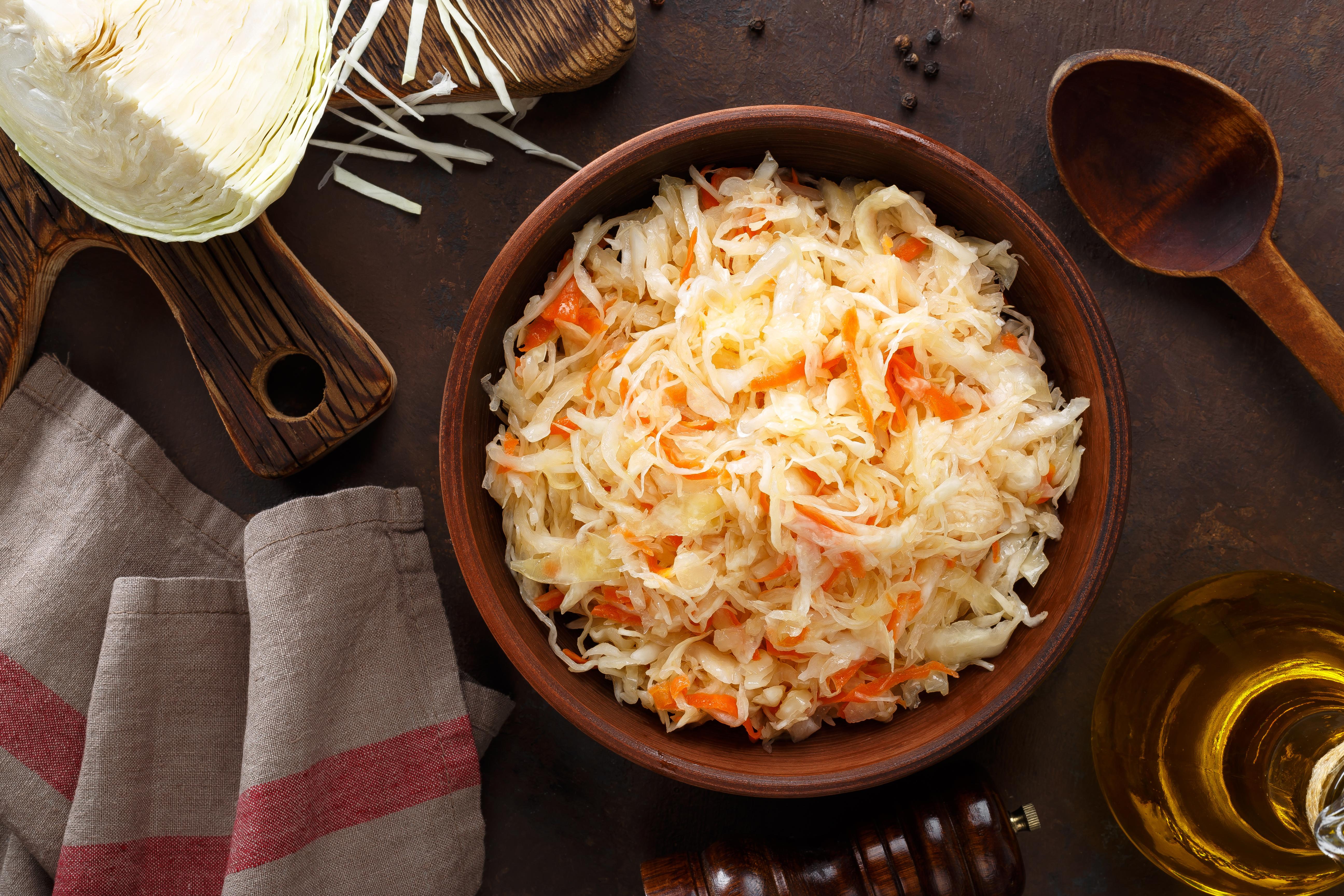
Sauerkraut, a staple in German cuisine, is more than just fermented cabbage. It represents a tradition of preserving vegetables that dates back centuries. The process of lacto-fermentation not only extends the shelf life of cabbage but also enhances its vitamin C content, making it a valuable food source during long winters. The tangy flavor of sauerkraut is the result of lactic acid bacteria, which also contribute to its gut-boosting properties. These probiotics help maintain a balanced gut flora, which is essential for digestion and overall health. Incorporating sauerkraut into your diet can be as simple as adding it to sandwiches, salads, or as a side dish to meats, offering both a flavor punch and health benefits.
2. Kimchi: Korea's Spicy Superfood
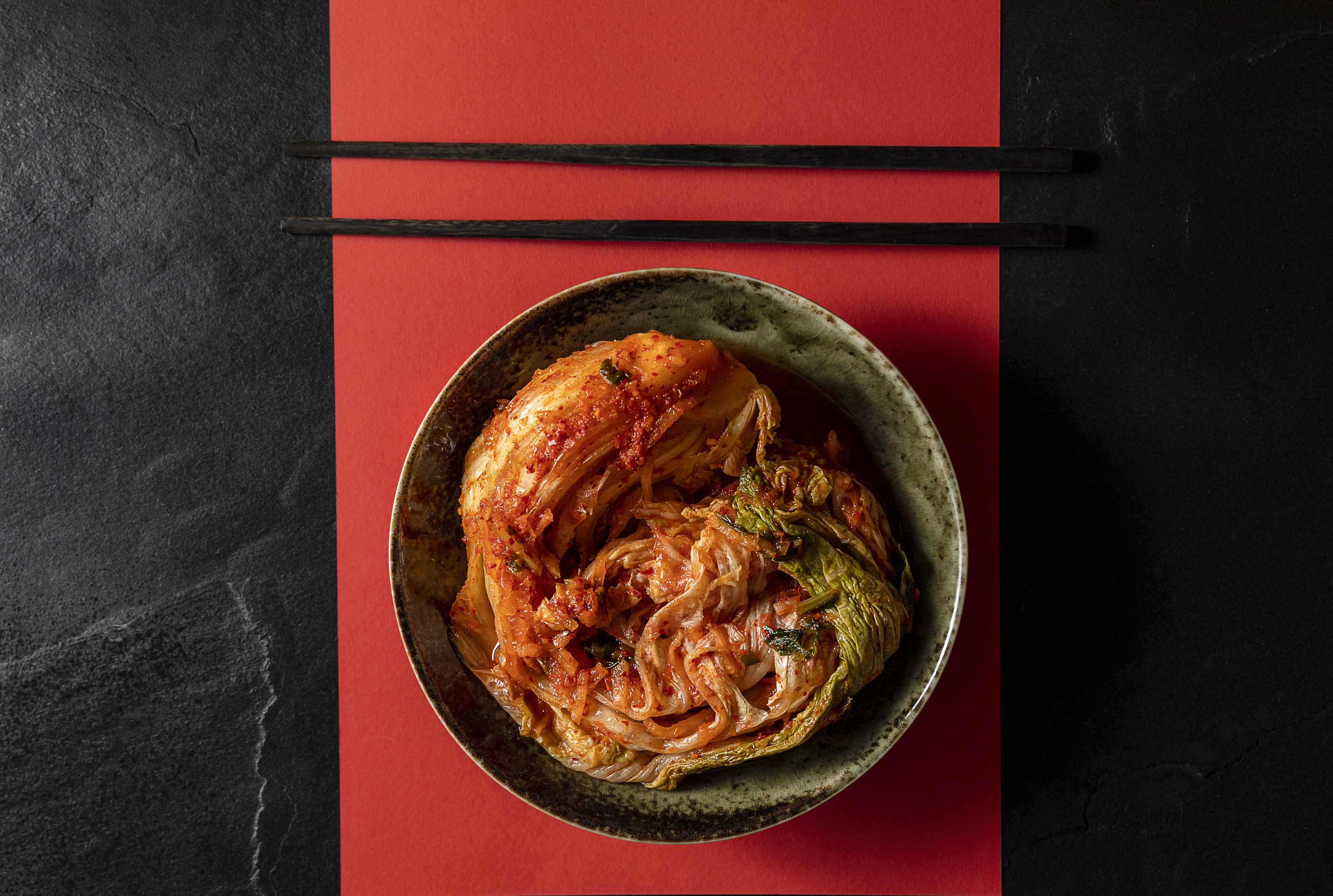
Kimchi, a beloved Korean dish, is a vibrant mix of fermented vegetables, most commonly napa cabbage and radishes, seasoned with chili pepper, garlic, ginger, and other spices. This spicy superfood is renowned not only for its bold flavors but also for its impressive health benefits. Rich in probiotics, kimchi supports a healthy digestive system and boosts immunity. The fermentation process enhances the bioavailability of nutrients, making kimchi a powerhouse of vitamins and minerals. Its versatility in Korean cuisine—from a side dish to a key ingredient in soups and stews—demonstrates its integral role in both diet and culture.
3. Kefir: The Creamy Probiotic Drink
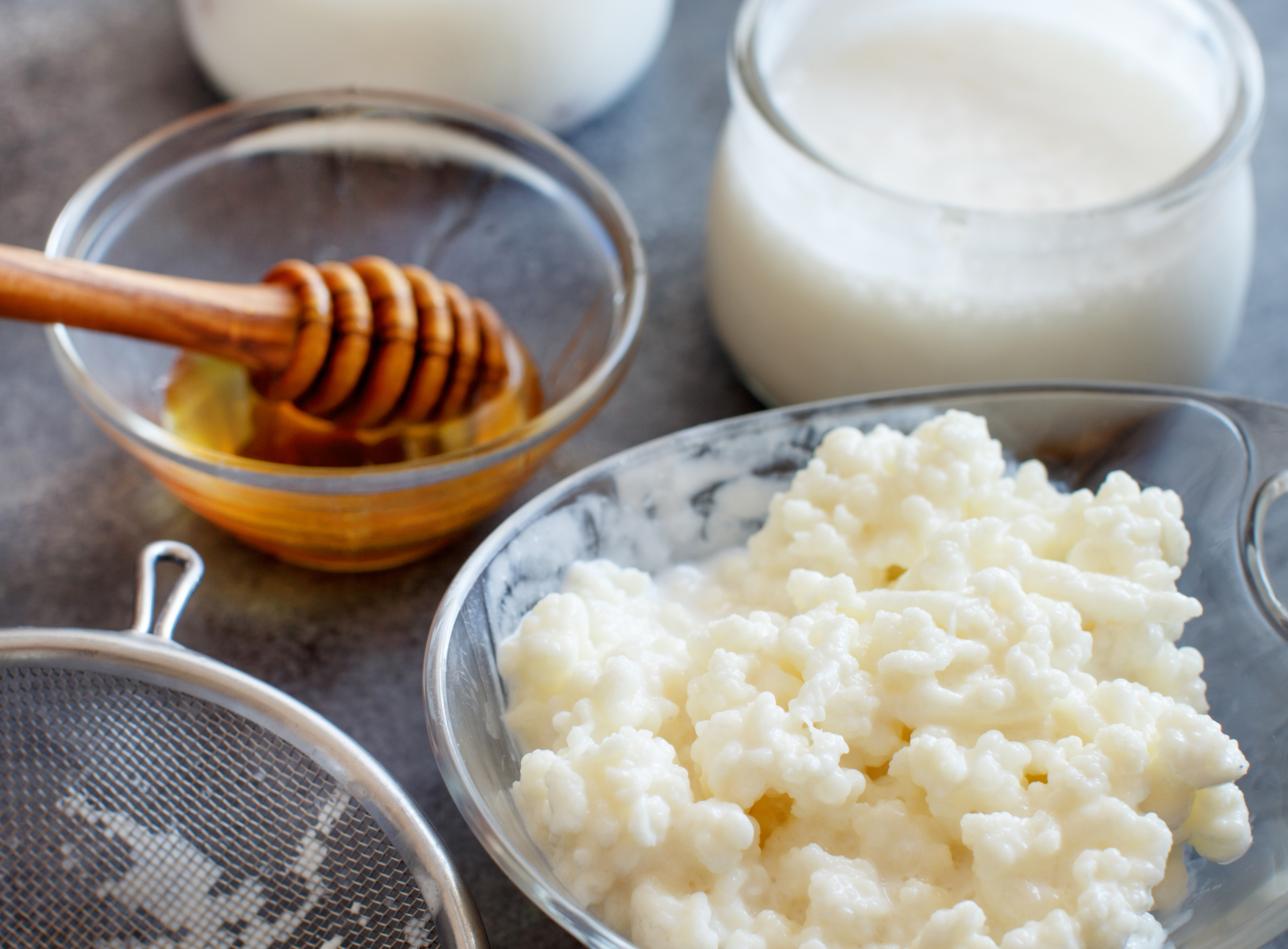
Kefir, a fermented dairy product originating from the Caucasus region, is a creamy, tangy drink that has gained popularity for its probiotic content. Unlike yogurt, kefir is made using a combination of bacteria and yeast, resulting in a drink that is rich in diverse microorganisms. These probiotics can aid in digestion, improve lactose digestion, and contribute to a balanced gut microbiota. Kefir's versatility extends beyond being a refreshing drink; it can be used in smoothies, salad dressings, or as a base for creamy sauces. Its unique fermentation process also makes it suitable for those with lactose intolerance, as the bacteria break down lactose into simpler sugars.
4. Kombucha: The Effervescent Elixir

Kombucha, a fermented tea beverage, has captured the attention of health enthusiasts worldwide. This effervescent elixir is created through the fermentation of sweetened tea with a symbiotic culture of bacteria and yeast (SCOBY). The result is a tangy, slightly sweet drink that is packed with probiotics, antioxidants, and organic acids. Kombucha's popularity is not only due to its health benefits but also its refreshing taste and versatility. Available in a variety of flavors, it can be enjoyed on its own or used as a mixer in cocktails. Regular consumption of kombucha can support digestion, detoxification, and energy levels, making it a delightful addition to a health-conscious lifestyle.
5. Miso: The Savory Umami Paste

Miso, a traditional Japanese seasoning, is made by fermenting soybeans with salt and koji, a type of fungus. This process results in a thick paste that is rich in umami flavor and probiotics. Miso is a staple in Japanese cuisine, used in soups, marinades, and dressings. Its fermentation process not only enhances the flavor but also increases the bioavailability of nutrients, making it a nutritious addition to meals. The probiotics in miso can aid in digestion and support a healthy gut, while its high protein and vitamin content contribute to overall health. Incorporating miso into your cooking can elevate dishes with its complex, savory taste.
6. Tempeh: The Protein-Packed Powerhouse

Tempeh, a fermented soybean product originating from Indonesia, is celebrated for its high protein content and firm texture. The fermentation process involves a mold called Rhizopus, which binds the soybeans into a cake-like form. This process not only enhances the nutritional profile of soybeans but also makes tempeh easier to digest. Rich in probiotics, tempeh supports gut health and provides a complete source of protein, making it an excellent meat substitute for vegetarians and vegans. Its nutty flavor and versatility in cooking—whether grilled, sautéed, or crumbled into dishes—make tempeh a valuable addition to any diet.
7. Natto: The Bold Breakfast Choice

Natto, a traditional Japanese breakfast food, is made from fermented soybeans and is known for its strong flavor and sticky texture. The fermentation process, involving the bacterium Bacillus subtilis, results in a food rich in probiotics and nutrients, particularly vitamin K2, which is important for bone health. Despite its acquired taste, natto is a staple in Japanese diets due to its health benefits. It can be eaten on its own, mixed with rice, or used as a topping for toast. For those willing to embrace its bold characteristics, natto offers a unique way to boost gut health and nutrient intake.
8. Yogurt: The Classic Probiotic Staple
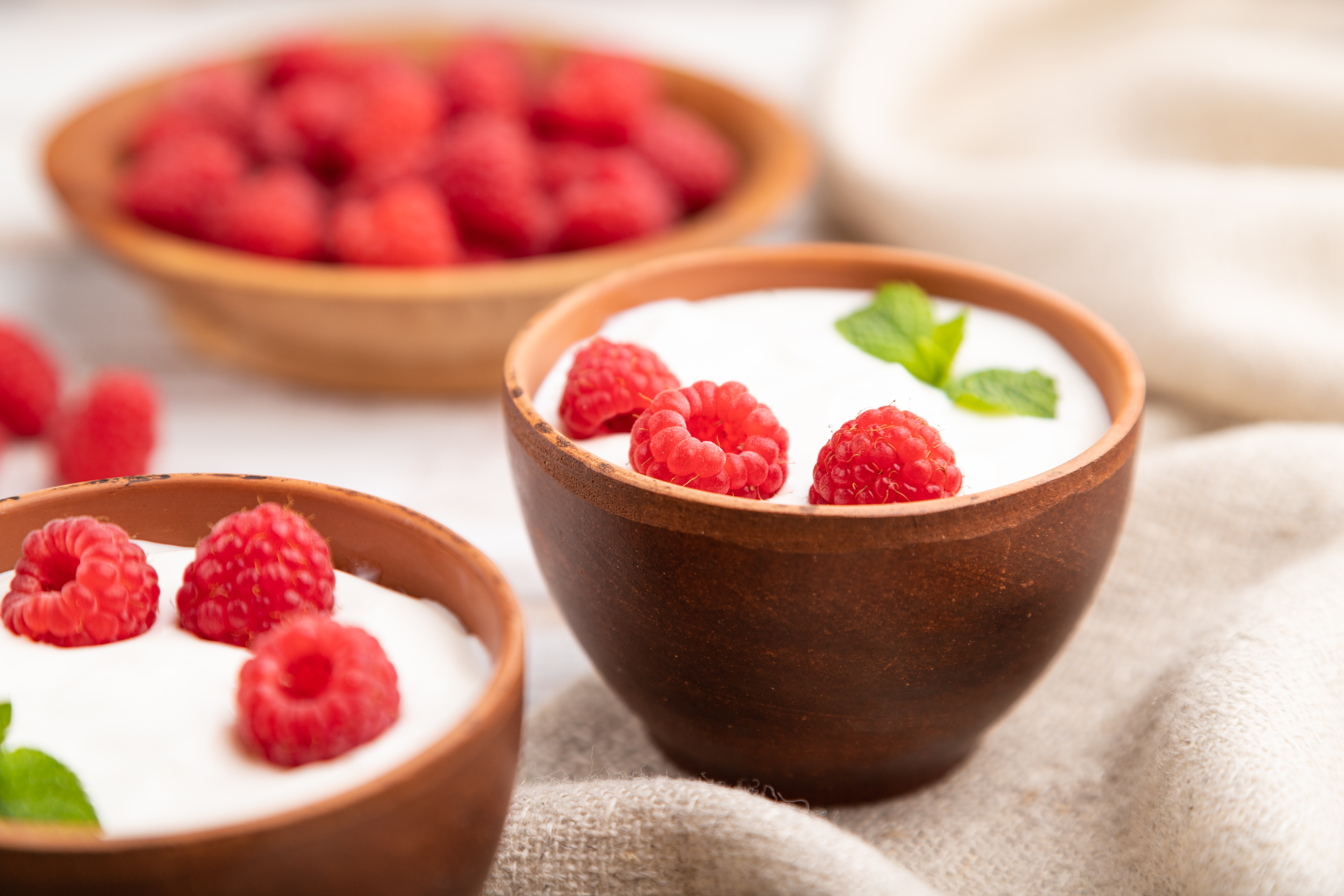
Yogurt, a well-known fermented dairy product, has been consumed for centuries across various cultures. The fermentation of milk by lactic acid bacteria results in a creamy, tangy product that is rich in probiotics. These beneficial bacteria can improve digestion, enhance immune function, and support a healthy gut microbiome. Yogurt's versatility makes it a staple in many diets, whether enjoyed on its own, with fruit and honey, or as a base for smoothies and sauces. With a variety of types available, including Greek, Icelandic, and plant-based options, yogurt remains a popular choice for those seeking both flavor and health benefits.
9. Pickles: The Crunchy Gut-Guardians
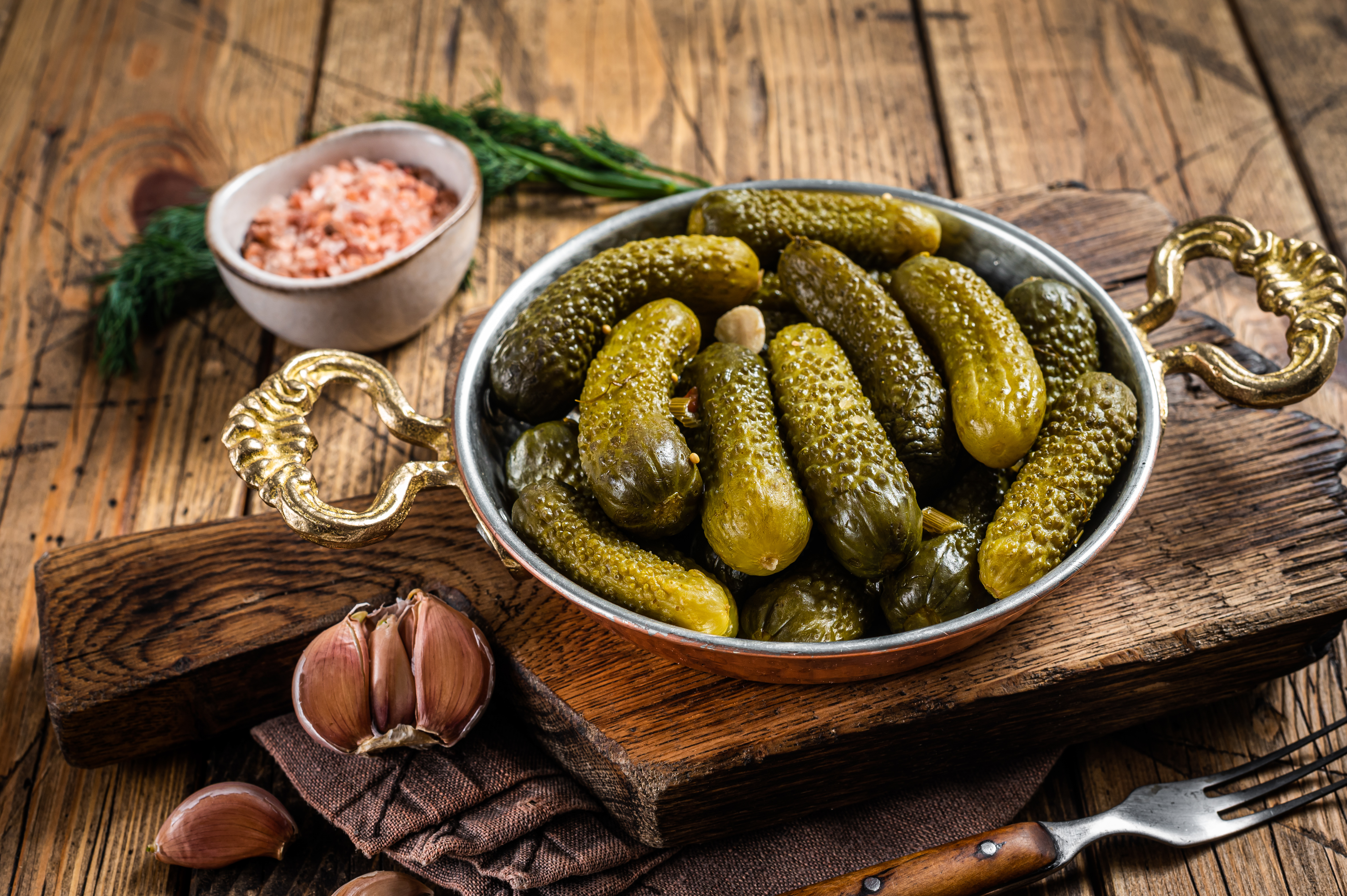
Pickles, cucumbers preserved in a solution of brine or vinegar, have been enjoyed for their tangy flavor and crunchy texture for centuries. When naturally fermented, pickles are a source of probiotics, which can aid in digestion and support gut health. The fermentation process not only enhances the flavor but also increases the nutritional value by producing beneficial enzymes and vitamins. Pickles can be enjoyed as a snack, a condiment, or a flavorful addition to sandwiches and salads. Their versatility and health benefits make them a delightful way to incorporate fermented foods into your diet.
10. Sourdough Bread: The Artisan Loaf

Sourdough bread, made from naturally fermented dough, is a testament to the art of bread-making. The fermentation process, involving wild yeast and lactic acid bacteria, results in a bread with a distinctive tangy flavor and chewy texture. This process also breaks down gluten and phytic acid, making sourdough easier to digest and more nutritious than conventional bread. The probiotics present in the starter culture contribute to gut health, while the long fermentation time enhances the flavor and texture of the bread. Sourdough's versatility in both savory and sweet dishes makes it a beloved choice for bread enthusiasts.
11. Kvass: The Slavic Refreshment
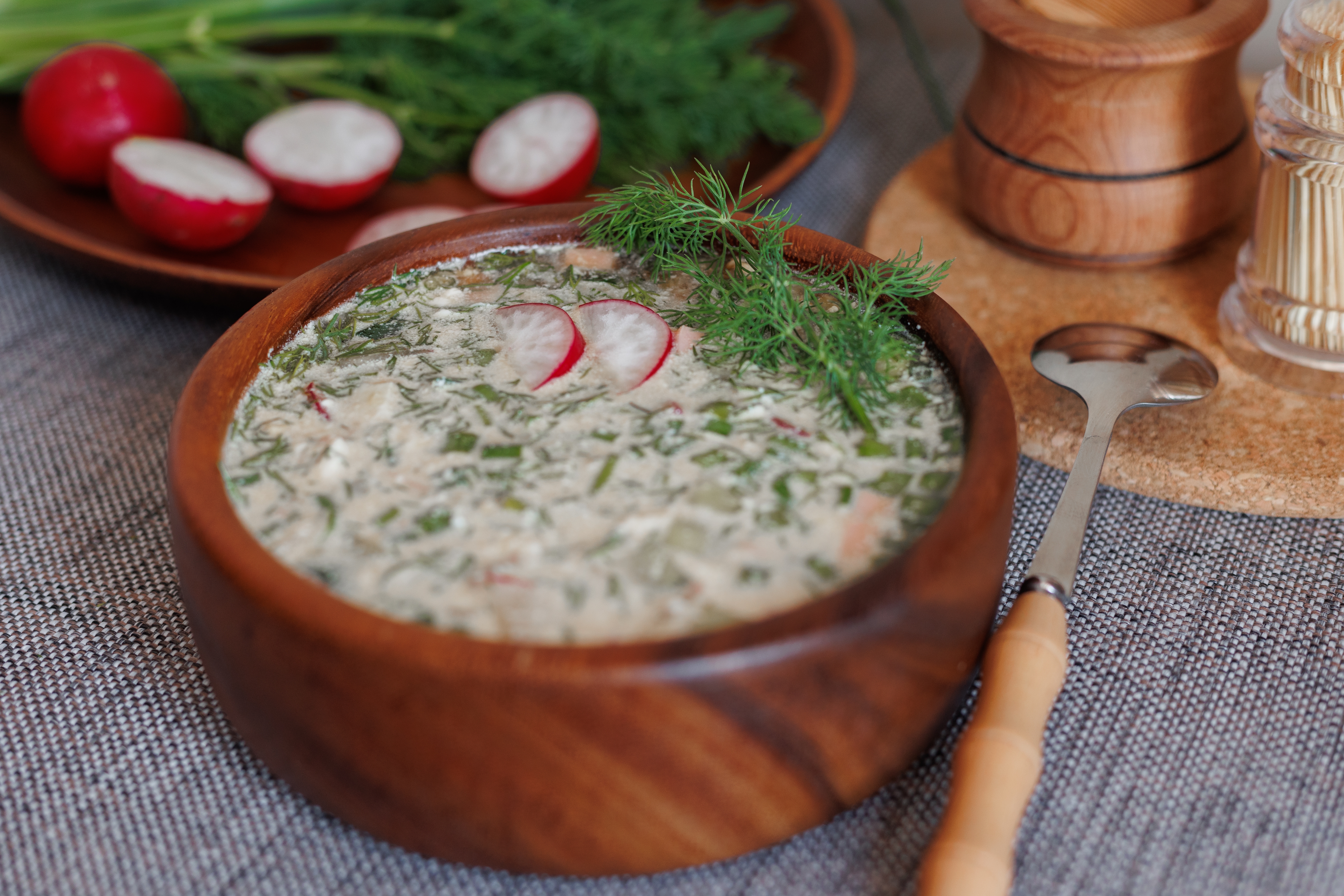
Kvass, a traditional Slavic beverage, is made from the fermentation of bread, beets, or fruits. This mildly alcoholic drink is known for its refreshing taste and health benefits. The fermentation process produces probiotics and organic acids, which can aid in digestion and support a healthy gut microbiome. Kvass is rich in B vitamins and antioxidants, making it a nutritious alternative to sugary soft drinks. Its unique flavor profile, ranging from sweet to sour, makes it a versatile beverage that can be enjoyed on its own or used as a base for soups and cocktails.
12. Fermented Garlic: The Flavorful Antioxidant
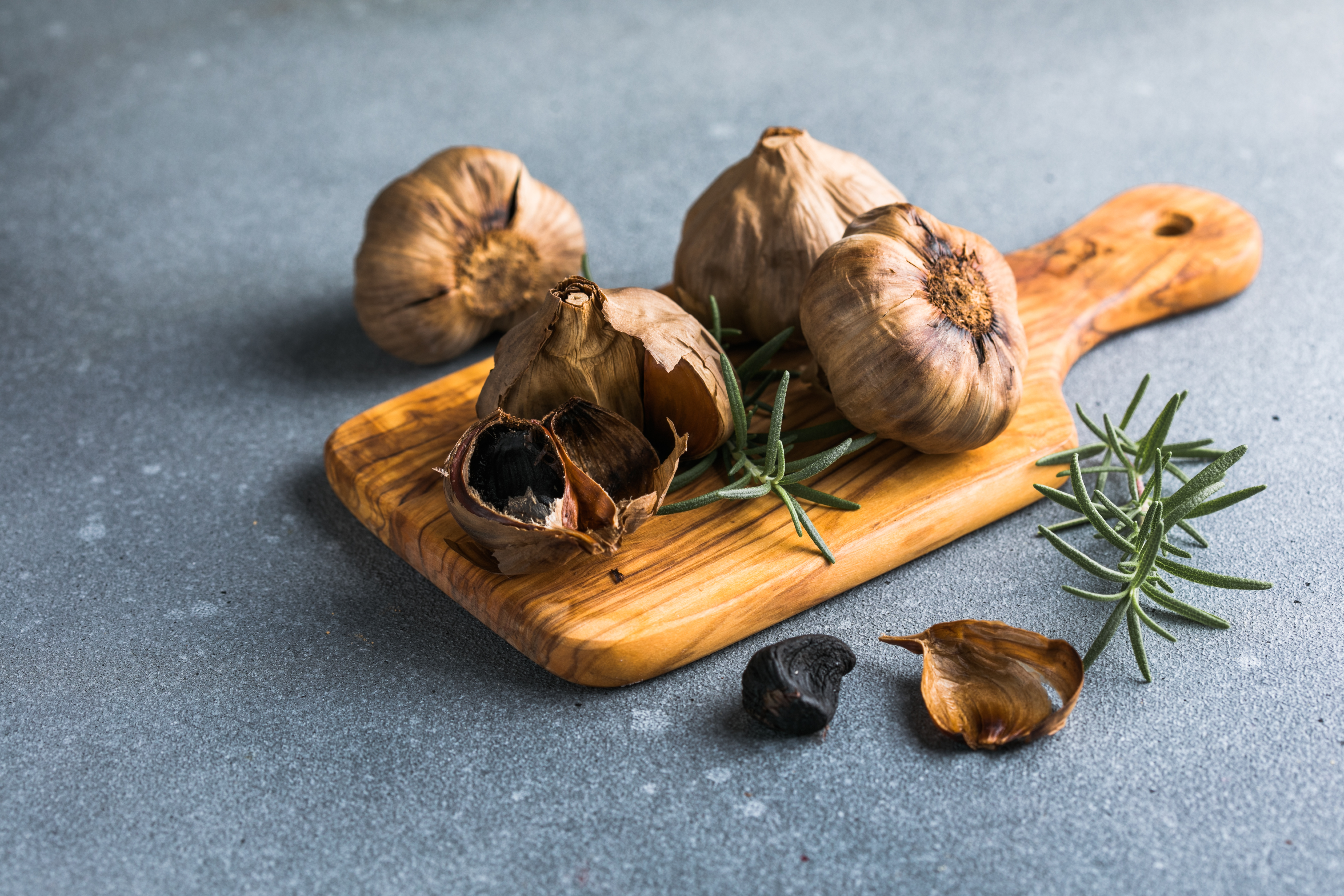
Fermented garlic, with its sweet and tangy flavor, is a lesser-known but powerful addition to the world of fermented foods. The fermentation process enhances the antioxidant properties of garlic, making it an excellent choice for boosting the immune system and supporting cardiovascular health. Fermented garlic can be used in a variety of dishes, from salad dressings to marinades, adding depth and complexity to flavors. Its health benefits, combined with its unique taste, make fermented garlic a delightful and nutritious ingredient for those looking to enhance their culinary repertoire.
As we conclude our exploration of these 12 fermented foods, it becomes clear that fermentation offers a world of culinary and health benefits waiting to be discovered. Each food, with its unique flavors and textures, not only surprises the palate but also supports gut health and overall well-being. By incorporating these gut-boosting delights into our diets, we embrace both tradition and innovation, savoring the rich history and scientific advancements that fermentation represents. Whether you're a seasoned enthusiast or a curious newcomer, the world of fermented foods invites you to explore, experiment, and enjoy the many surprises it has to offer.
